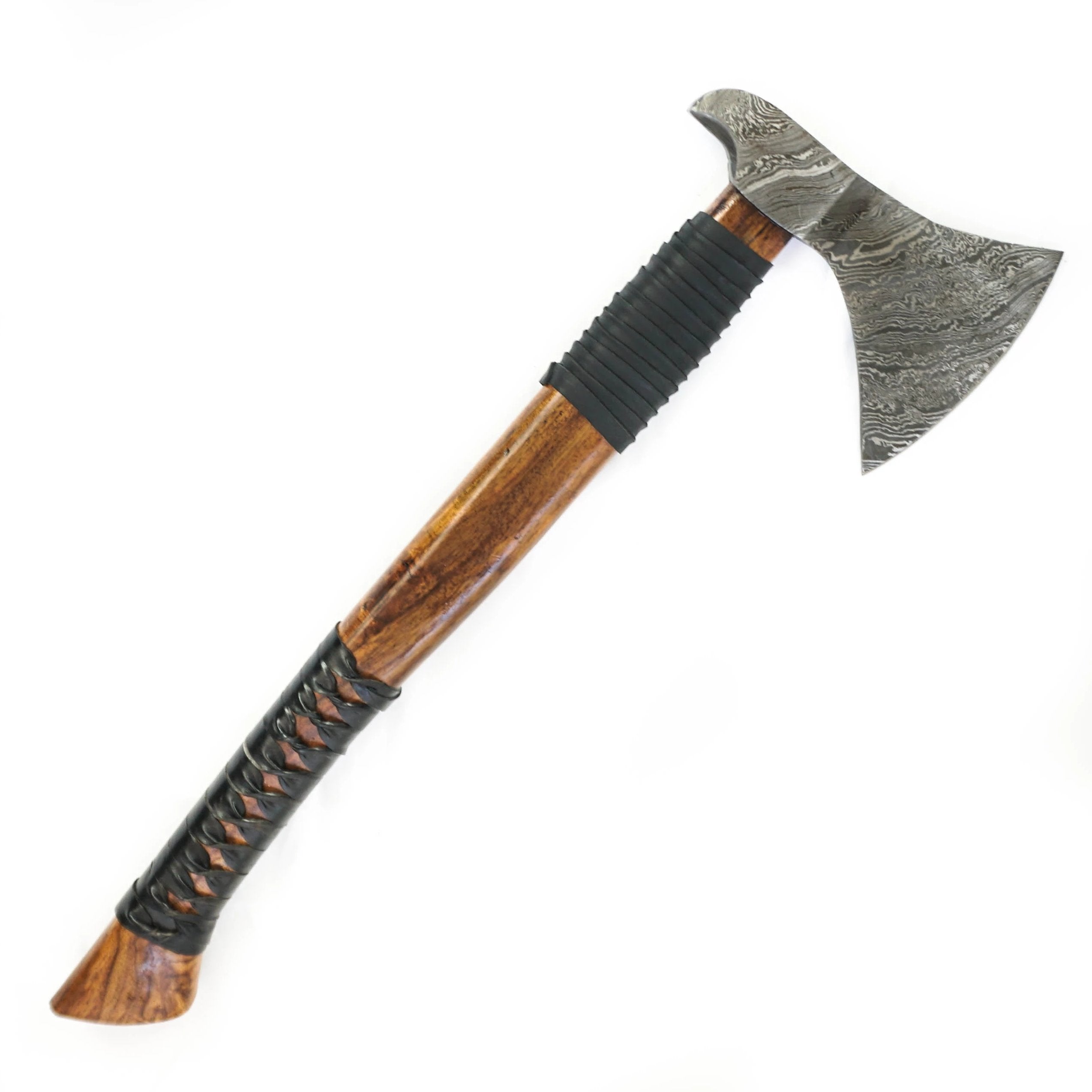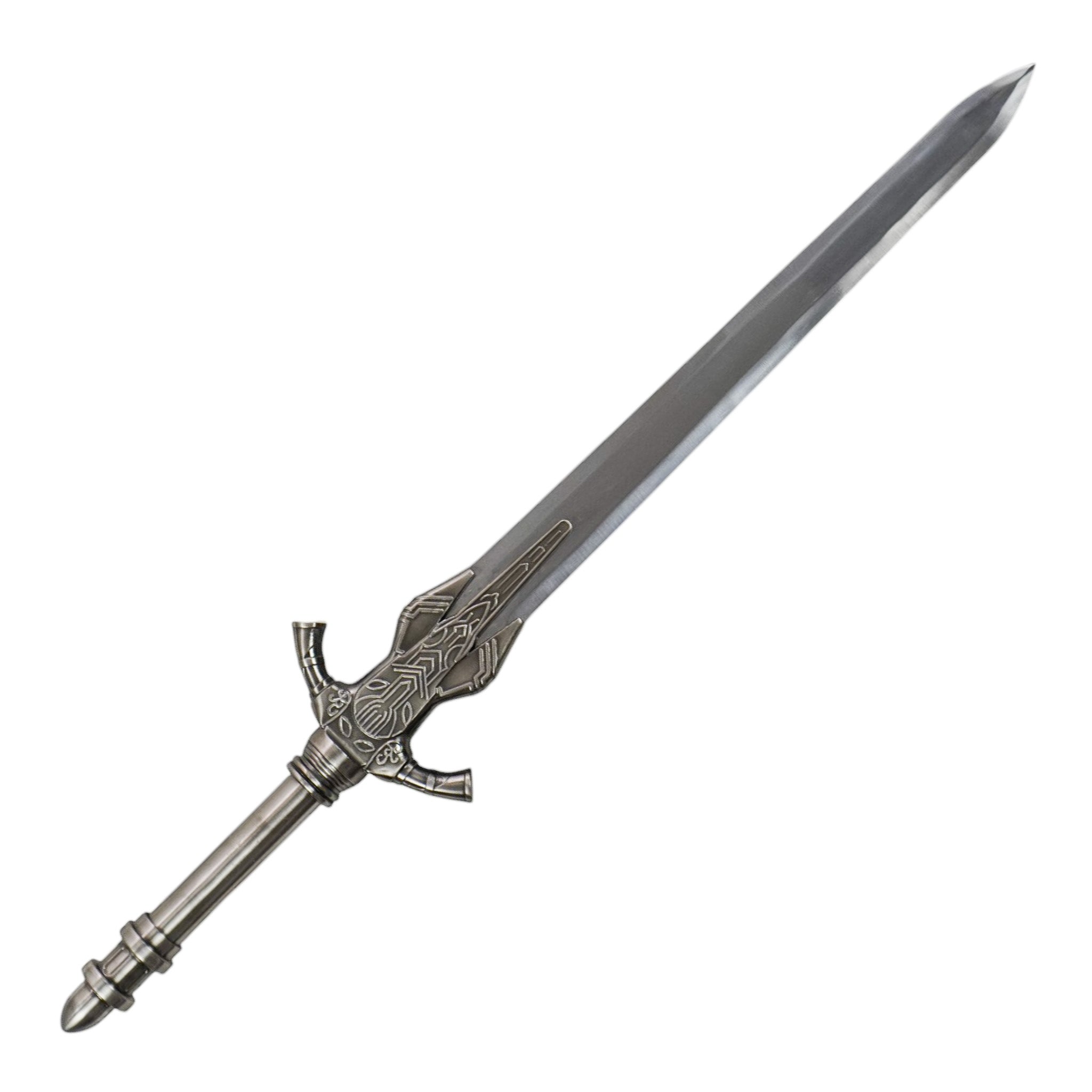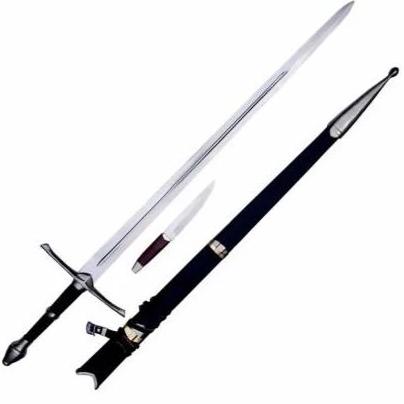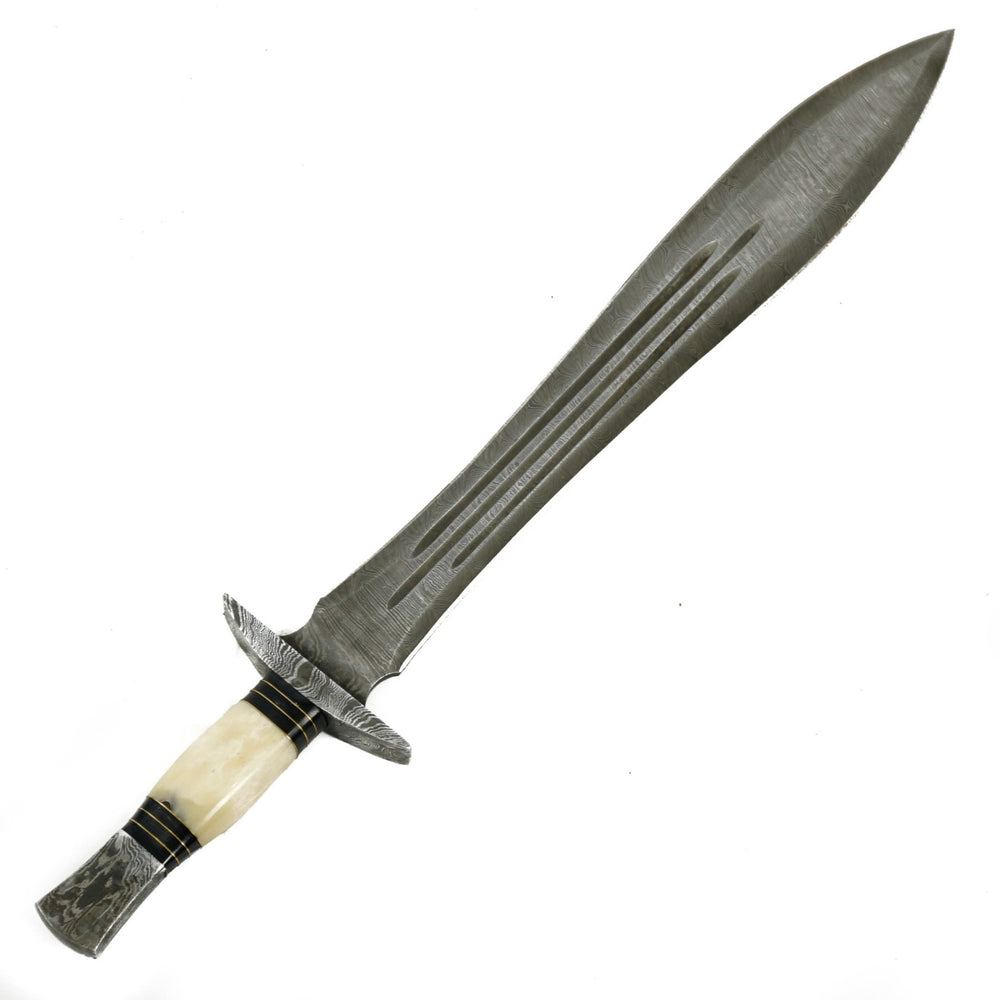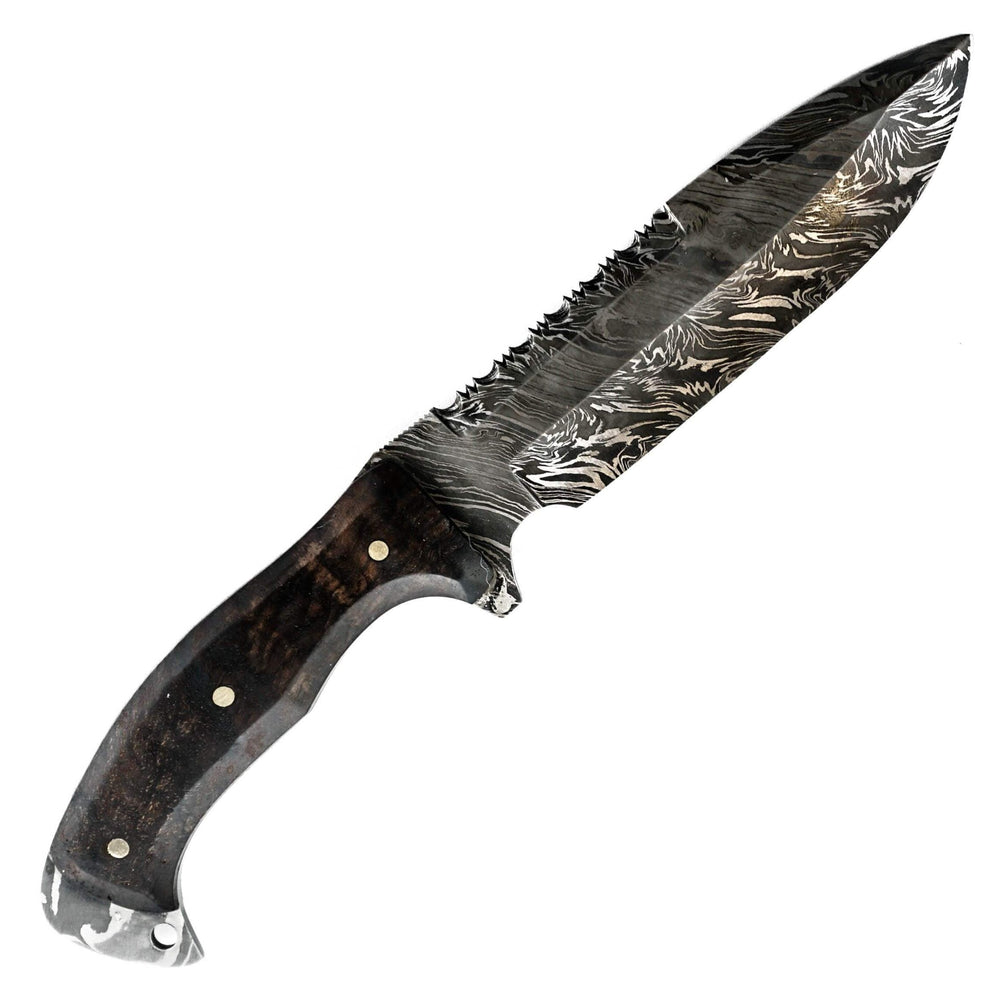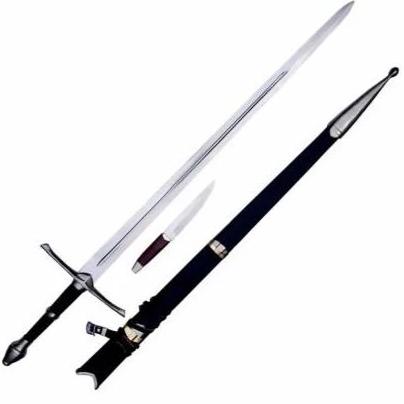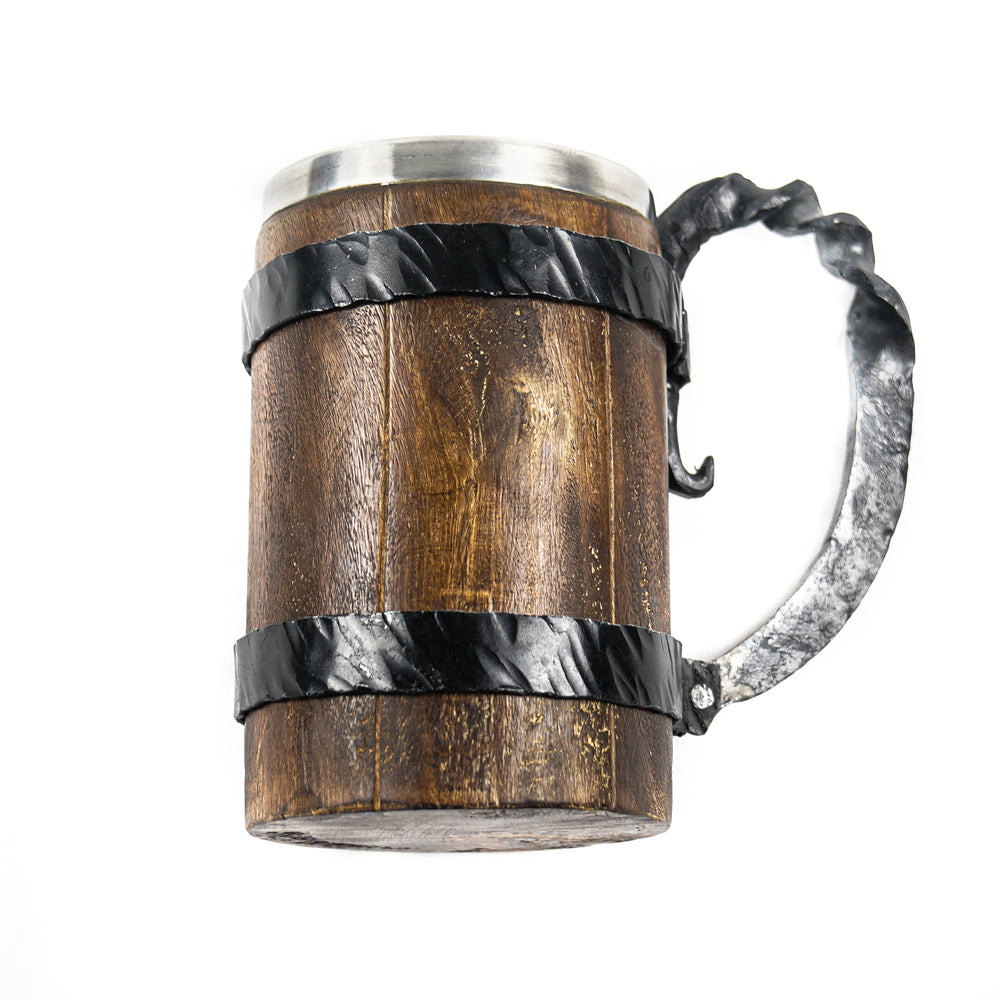The Art of the Rapier Sword: Exploring the History and Design of a Renaissance Weapon
Introduction
Rapier swords are a type of sword that became popular primarily in Europe during the 16th and 17th centuries. They are characterized by a long, slender blade, a complex hilt, and a pointed tip used for thrusting rather than cutting. In this post, we will explore the history and features of the rapier sword.
Origins of the Rapier Sword
The origins of the rapier sword can be traced back to the late 15th century when swords began to evolve from the heavy, broad-bladed weapons of the Middle Ages to the more elegant and refined swords of the Renaissance. The first rapiers were likely developed in Italy, where the art of fencing was highly respected, and where the fashion of the day called for long, slender swords.
Design Features
The design of the rapier sword was highly influenced by the needs of the duelist. A rapier's blade was narrow and pointed, allowing for quick and precise thrusting movements. The complex hilt, often featuring multiple guards and knucklebows, provided protection for the hand while also allowing for a variety of different grips. The pommel, typically large and ornate, helped to balance the sword and added weight to the hilt.
Popularity of the Rapier
Rapiers were popular among civilians and members of the upper classes. They were often worn as a fashion accessory and used as a symbol of status and wealth. They were also used in self-defense, as the pointed tip and thrusting motion of the rapier made it more effective than cutting swords in close-quarters combat.
Rapier in Sport
Rapiers were also used in sport fencing, which was a popular pastime among the nobility. Many fencing manuals were written during this time, detailing the techniques and strategies for using the rapier in duels and sport fencing.
Decline in Popularity
The popularity of the rapier began to decline in the late 17th century as firearms became more prevalent and the need for swords in battle diminished. However, the rapier's influence can still be seen in the design of modern fencing swords, and the techniques developed for the rapier are still studied and practiced by modern fencers.
Conclusion
In conclusion, rapier swords were a popular type of sword in the 16th and 17th centuries, primarily in Europe. The design was influenced by the needs of the duelist, and its popularity was driven by its use as a fashion accessory and its effectiveness in close-quarters combat. Although its popularity declined, its influence can still be seen in modern fencing swords, and its techniques are still studied and practiced today.

